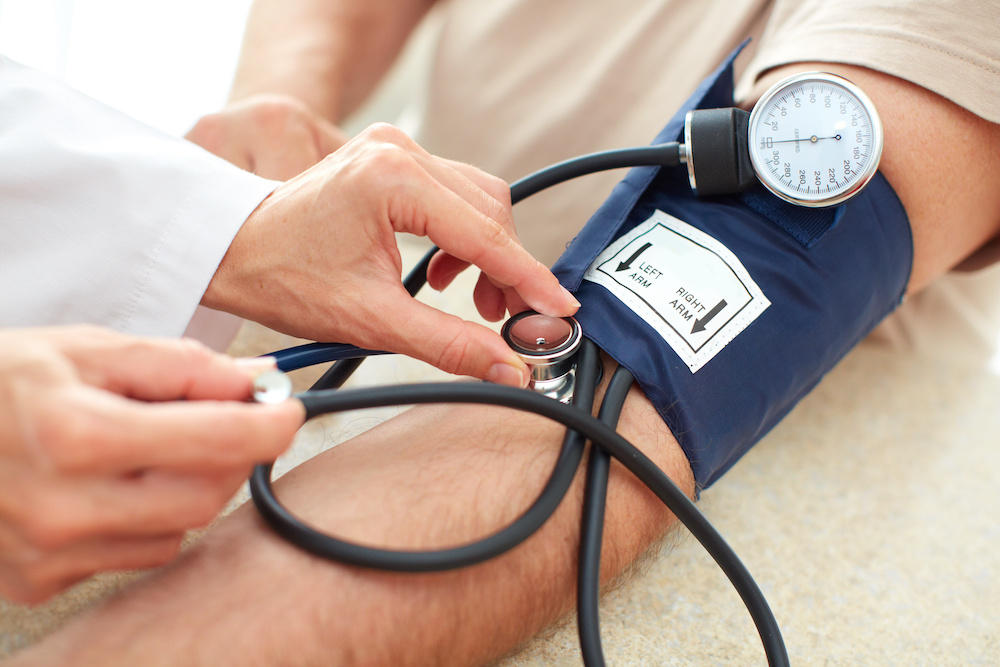Monitoring
Sound strategies for health surveillance

After patients with a chronic disease have been diagnosed, advised on the status of their condition and started on a treatment regimen, some type of information-gathering follow-up is usually necessary.
Medical monitoring procedures make it possible to periodically measure specific physiological factors in a patient during treatment (and in some cases before treatment) to check the progress of a chronic or recurrent condition. Being aware of changes in a patient’s status allows for well-informed decisions regarding any adjustments to treatment that may be required.
The basic definition of medical monitoring — “the observation of a disease, condition or one or several medical parameters over time” — is a serviceable one, but doesn’t quite do the term justice in the modern era of disease management.
While regularly scheduled in-person doctor visits are still common (and unavoidable for many conditions), advances in remote monitoring technology are expanding options for keeping track of patient health, while at the same time reducing healthcare costs.
Remote patient monitoring (RPM) uses Bluetooth and wireless network connectivity to securely send health data from a patient’s home or care facility to primary care facilities, hospitals and ICUs for assessment and recommendations. These are timely technological upgrades, particularly in light of the COVID-19 pandemic.
With remote monitoring, hospital readmission rates and visits are significantly reduced, along with opportunity for transmission of airborne infectious agents (e.g., COVID-19).
Paying attention to what’s most important
Whether conducted remotely or within primary care facilities, medical monitoring equipment allows continuous measurement of vital signs (blood pressure, breathing rate, heart rate, temperature) and even the repeated performance of certain medical tests, such as blood glucose monitoring in patients with diabetes mellitus.
For medical professionals, great care must be taken in choosing which parameters to monitor, deciding how often they’re checked, and adjusting treatment accordingly. Ill-advised monitoring choices can waste time, money and resources, and even endanger patients through poorly gauged alterations to treatment.
Well-planned monitoring programs, however, are highly effective at giving older and disabled individuals the freedom to live at home instead of nursing facilities, while shortening hospital stays for these and other patients from the general population. Quality of life is improved and medical costs are minimized — chief ambitions of any successful disease management effort.

